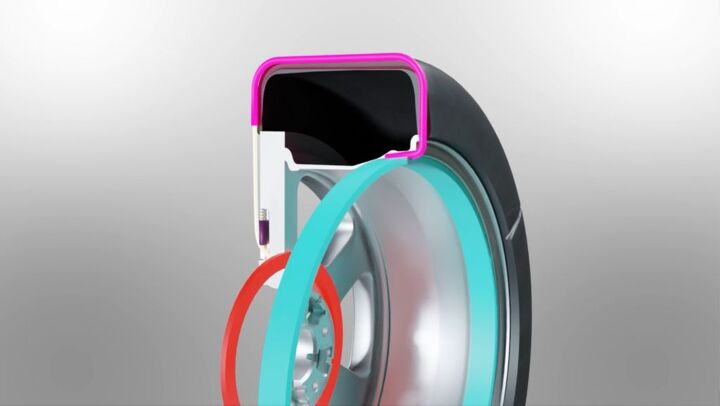Hyundai and Kia's Breakthrough: Shape-Shifting Tires for Safer Winter Journeys
Hyundai Motor Company and Kia Corporation have introduced an innovative snow chain technology for tires, poised to enhance winter driving safety. This new technology incorporates shape memory alloy modules located within the wheel and tire assembly. These modules can be activated to function as snow chains with a simple electrical signal, offering a seamless transition from regular to winter-ready driving.
Effortless Operation and Safety Enhancement
The main advantage of this technology lies in its ease of use. Traditional snow chains require manual installation, which can be both time-consuming and challenging. In contrast, the new system from Hyundai and Kia utilizes shape memory alloy that can be deployed or retracted at the push of a button. This not only saves time but significantly improves safety, especially during unexpected heavy snowfall.
The Technology Behind the Innovation
The design of this snow chain-integrated tire technology is quite intricate. The tire features radial grooves, similar to slices of a pizza, where modules made of shape memory alloy are inserted. When not in use, the alloy remains compressed inside the wheel, resembling the shape of an 'L'. Upon activation, an electric current causes the alloy to return to its original shape, extending out of the tire in a 'J' shape. This extension makes contact with the road surface, thereby enhancing grip and stability in snowy conditions.
Moreover, this technology offers an additional safety feature. In case of severe tire wear, the visibility of the module alerts drivers to the need for tire replacement, ensuring that tire maintenance is not overlooked.
Future Prospects and Development
Currently holding patent-pending status in South Korea and the U.S., Hyundai Motor and Kia are considering the mass production of this innovative technology. Before this can happen, further technological advancements, durability tests, performance evaluations, and regulatory reviews are necessary. This forward-thinking approach reflects Hyundai and Kia's commitment to leveraging advanced technology for real-world applications, focusing on enhancing the safety and convenience of their vehicles.
This article was co-written using AI and was then heavily edited and optimized by our editorial team.
More by TTAC Staff
Latest Car Reviews
Read moreLatest Product Reviews
Read moreRecent Comments
- Jor65756038 Another boring SUV. What for? Buick needs a sedan or a sports coupe. Where is the brand that once produced the GNX, the Regal, the Riviera, the Fiero, the Century, etc.? Today Buick is nothing but a brand with an uncomplete lineup that produces boring unimteresting vehicles.
- Tassos IF Automakers want to MAKE PROFITS AND PROSPERThey need to LISTEN TO THE ALMIGHTY CONSUMERAND SATISFY THE CONSUMER PREFERENCES, WHATEVER IN THE HELL THEY MAY BE.Thus SPAKE THE REAL TASSOS and NOT the pitiful PHONY (aka Analoggrotto and his Telluride)
- Ajla I think there is too much political momentum behind EVs for them to fail. The question is really about the adoption timeline. If I was a dedicated performance brand I'd be ride-or-die on ICE. If I had a credible hybrid program then I'd get some mileage out of that the rest of the decade. But otherwise I'd lean into EVs pretty hard. So I guess close to what Nissan is doing.
- Lou_BC What's the best trunk strut for a teenager?
- ToolGuy Possibly interesting trivia: Mopar part #4589645AA is manufactured by Stabilus, but is marked up 125% over Stabilus part #5B244502.(A *lot* of the parts on your vehicle aren't made by the OEM.)


































Comments
Join the conversation